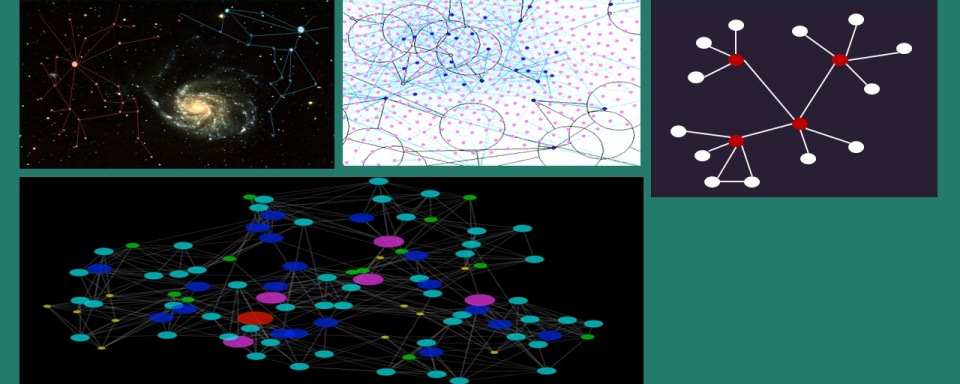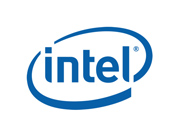Research Spotlight

The following paper will be presented at ECOOP 2013:
Montpellier, France
July 1-5, 2013
Composition and Reuse with Compiled Domain-Specific Languages
Arvind K. Sujeeth, Tiark Rompf, Kevin J. Brown, HyoukJoong Lee, Hassan Chafi, Victoria Popic, Michael Wu, Aleksander Prokopec, Vojin Jovanovic, Martin Odersky, and Kunle OlukotunProgrammers who need high performance currently rely on low-level, architecture-specific programming models (e.g. OpenMP for CMPs, CUDA for GPUs, MPI for clusters). Performance optimization with these languages usually requires expertise in the specific programming model and a deep understanding of the target architecture. Domain-specific languages (DSLs) are a promising alternative, allowing compilers to map application-specific abstractions directly to low-level architecture-specific programming models. However, developing these DSLs is difficult, and using multiple DSLs together in a single application is even harder because existing compiled solutions do not compose together. In this paper, we present four new performance-oriented DSLs developed with Delite, an extensible DSL compilation framework. We demonstrate new techniques to compose compiled DSLs embedded in a common back-end at either fine-grain (designed to work together) or at coarse-grain (designed to be compiled in isolation) granularities and show that generic optimizations can be applied across different DSLs in the same program. Our new DSLs are implemented with a small number of reusable components (less than 9 parallel operators total) and still achieve performance up to 125x better than library implementations and at worst within 30% of optimized stand-alone DSLs. The DSLs retain good performance when composed together, and applying cross-DSL optimizations results in up to an additional 1.82x improvement.
Paper PDF











